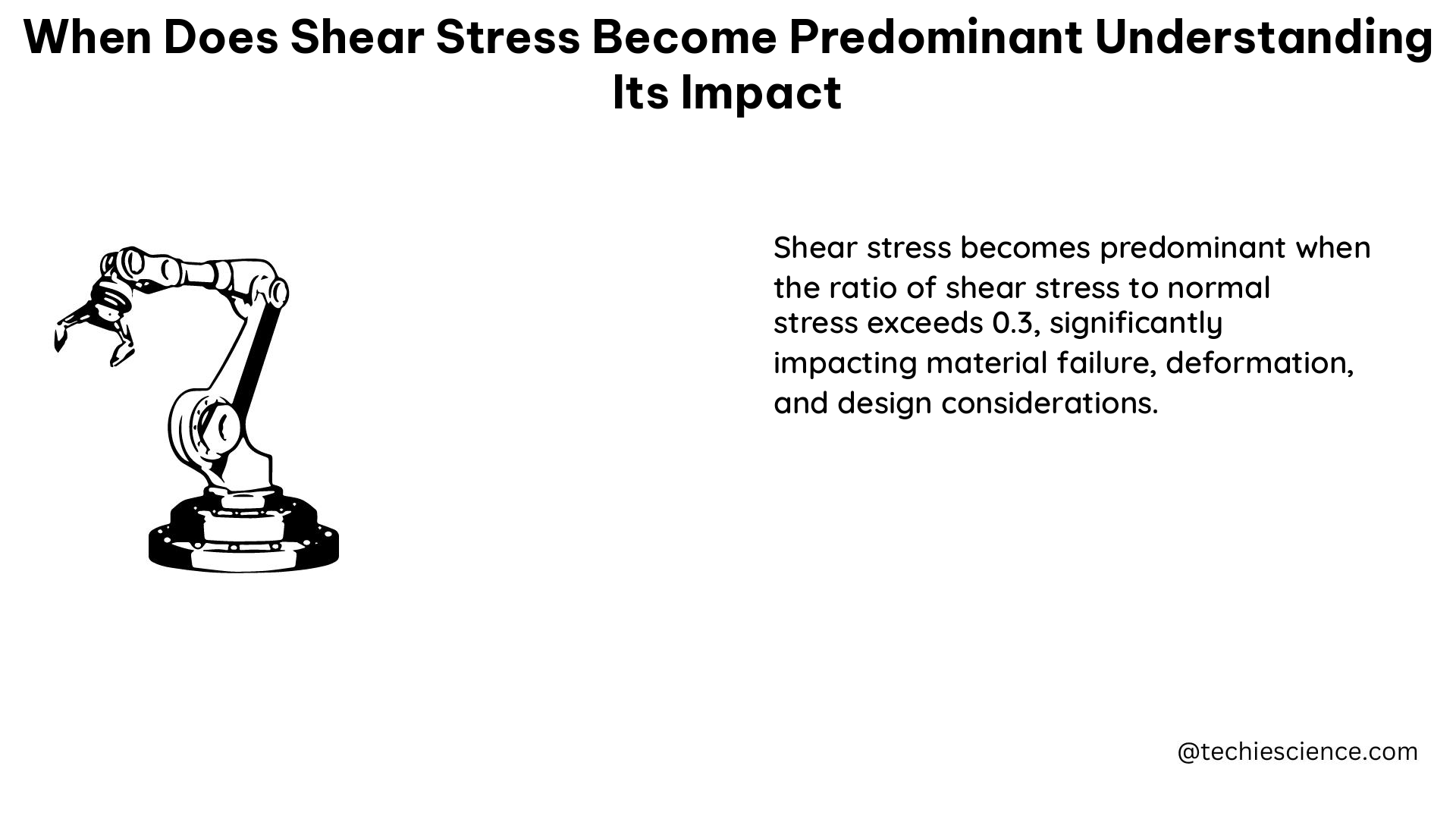The Crankshaft of a Car: A Comprehensive Guide
The crankshaft is a critical component in the engine of a car, responsible for converting the reciprocating motion of the pistons into the rotational motion that drives the vehicle. Understanding the key measurable and quantifiable parameters of a crankshaft is essential for engineers and technicians to develop more efficient and reliable engines. Crankshaft Length and … Read more









